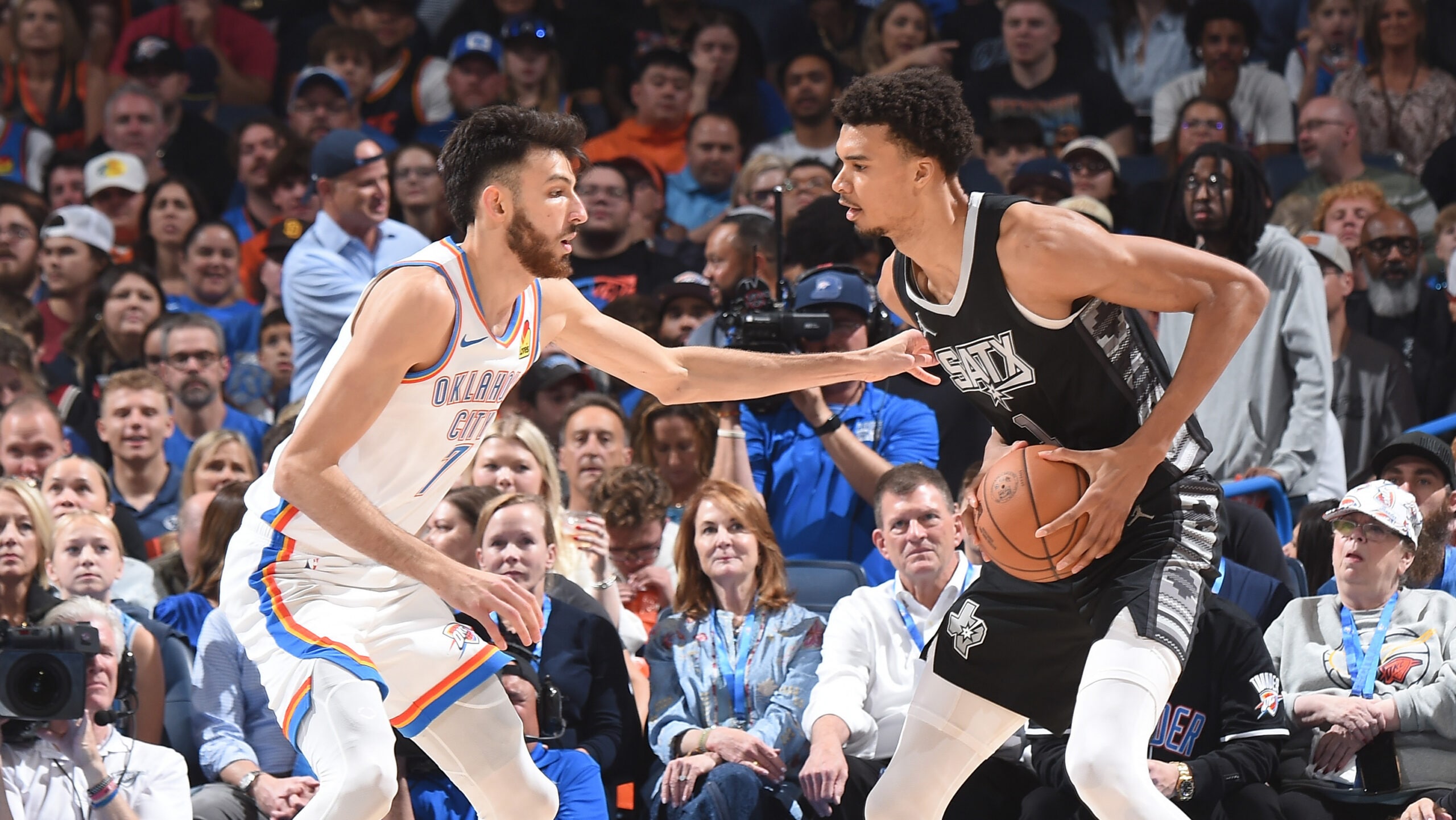Will the return of star center Victor Wembanyama be enough for the Spurs to slow the balanced Thunder?
LAS VEGAS — He began the season with force, displaying much of that at both ends of the floor, all while showing a more refined and mature…

Will the return of star center Victor Wembanyama be enough for the Spurs to slow the balanced Thunder?
LAS VEGAS — He began the season with force, displaying much of that at both ends of the floor, all while showing a more refined and mature…